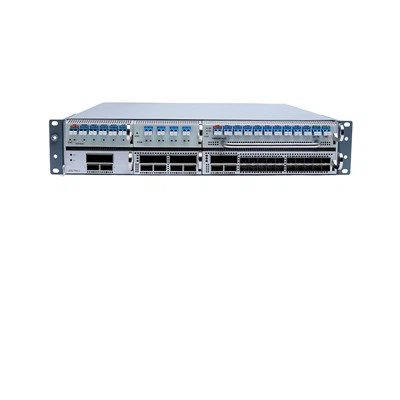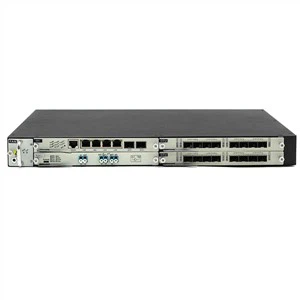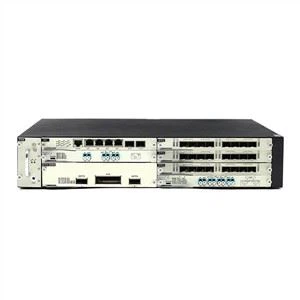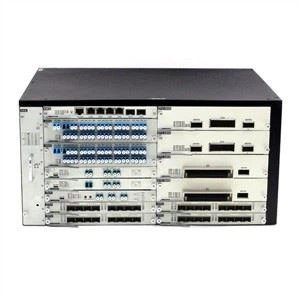Pluggable optical modules (also known as optical transceivers) are now widely used in data centers, campuses or service provider headquarters.
Total data center traffic (all traffic inside and out of a data center) is expected to reach nearly 20 Z bytes a year by 2021, up from just 7 Z bytes in 2016. Data center traffic worldwide will grow at a compound annual rate of 25% and cloud data center traffic will grow at a compound annual rate of 27%. From 2016 to 2021, the growth rate is 3.3 times.
What is driving the growth in traffic is the growth in connection rates, as we have seen, from 10G to 40G, then to 100G and now to 400G. The 100G pluggable optical module is now deployed for large-scale data center applications, and an upgrade to 400G is planned, as router/switch ports are now supported for 400G.
The growth in traffic "inside the data center" has accelerated demand for next-generation networking equipment to support higher port densities and faster forwarding speeds. These devices, in turn, will facilitate the mass deployment of high-speed optical modules to connect the various layers of network devices.
As router/switch port rates rise, the cost per bit has steadily declined due to advances in chips (ASICS), and we continue to benefit from Moore's Law in this regard. However, although the cost per bit of pluggable optical modules has also fallen, it has not fallen as fast as router/switch costs.
As a result, with the increase of bit rate, the pluggable optical module accounts for a large proportion in the total hardware cost. For example, at 10G rates, optical modules account for about 10% of the total cost of data center network hardware. When we upgraded to 400G, the optical module accounted for more than 50% of the total hardware cost.
With the increase of optical module rate, the design and manufacturing complexity of pluggable optical module also increases. Initially at 100G, this led to pluggable optical modules lagging router/switch ASICS in terms of availability and generally delayed network rate upgrades to meet higher bandwidth requirements.
Future trends in data centers relate to ASIC performance driving router and switch development. ASIC performance will continue to grow from 10Tb to 25Tb to 51Tb and above, which requires a corresponding increase in the electrical signal rate of each I/O (input/output) pin in the ASIC. This electrical signal rate will increase from the current 25Gb/s to 50Gb/s to 100Gb/s to support the total capacity of the input/output ASIC. Each time this rate increases the challenge of transferring electrical signals from the cable card to the router/switch panel increases dramatically.
To address this challenge, the industry will at some point begin to rely on optical rather than electrical signals, even if the transmission is only a few inches from the inside of a switch card. Therefore, the joint encapsulation of optical module and chip is imperative in the future. Only in this way can continuous innovation in routing and switching be ensured.
The optical technology industry still relies heavily on "stand-alone" assemblies that involve a cumbersome testing and assembly process. If we will be compared to the semiconductor industry (in the semiconductor industry, extremely complex functions with the help of a highly automated processes are integrated into the chip (ASIC), these automated processes, with little or no dependence on human-computer interaction), we can consider to use the automated process to handle "the signal," rather than "electrical signals" in the semiconductor process. The hope of silicon photonics is to use processes in the semiconductor industry to automate more fully the manufacturing of optical modules.
In summary, data centers now rely heavily on optical modules for very short distance applications (<10m). The 100G optical module is the dominant technology in today's data centers and is expected to migrate to 400G and higher speeds in the future.
As routing/switching port costs continue to benefit from the progress of the chip industry, optical module is now occupy a large proportion in the total cost, cisco will therefore optical module as an important technology research and development, with the chip to ensure that we are able to keep up with the pace of the development of chip performance, to promote progress in both cost and performance.
We know that over time, we will need to integrate chip and optical modules to continuously expand the performance of switches and routers. Cisco will continue to invest in chips and optical modules to ensure that we can deliver solutions to meet our customers' growing demand for performance enhancements.





















